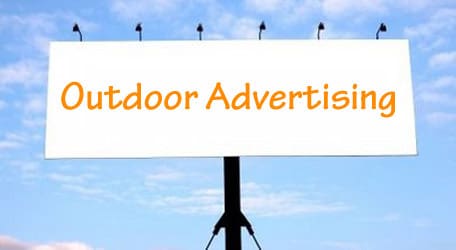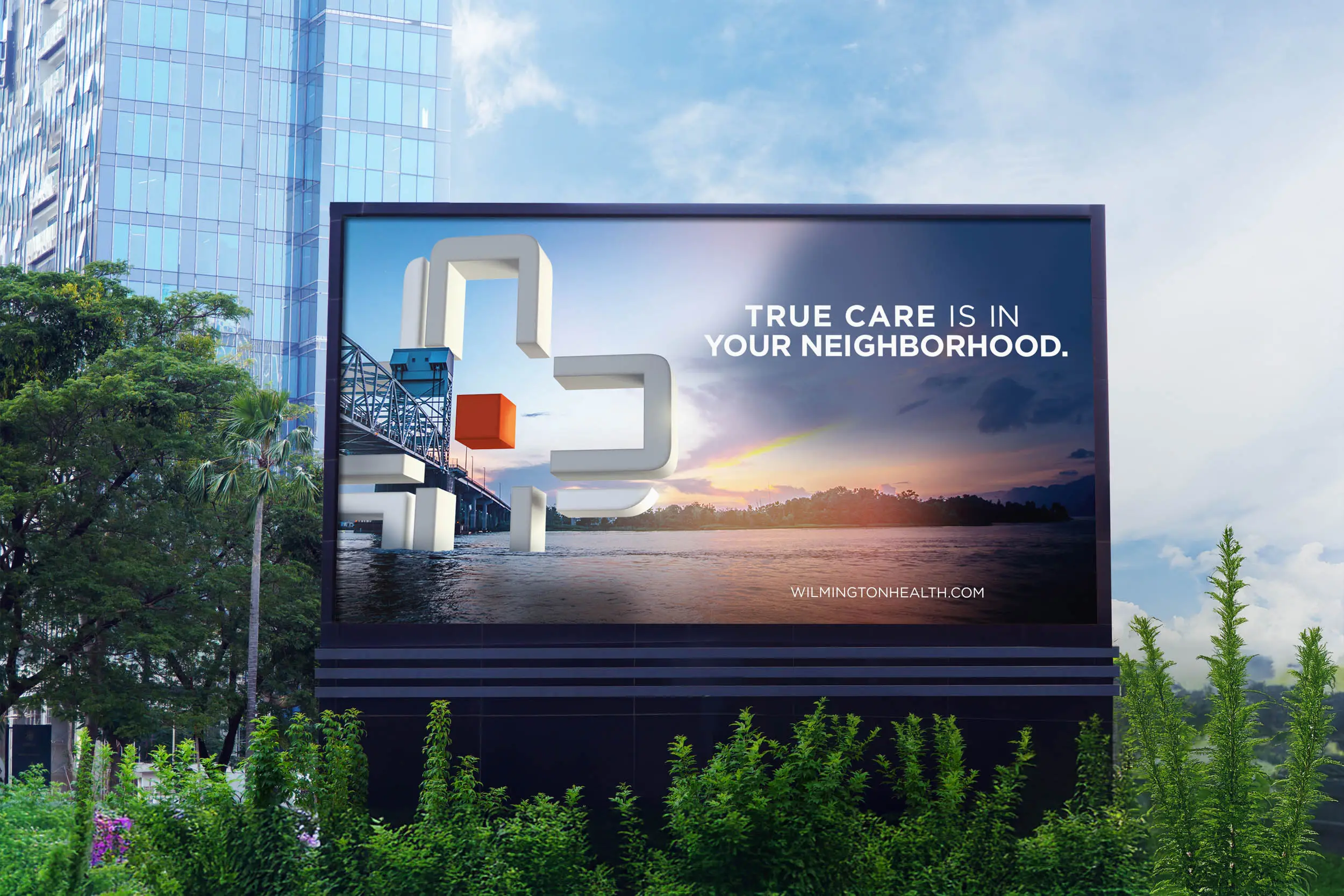
Before getting into the differences of traditional and digital outdoor advertising, I think it’s best to give some history of the industry.
Out-of-home (OOH) advertising goes all the way back, thousands of years ago, when the Egyptians used tall stone obelisks to publicize laws and treaties. And while the modes of advertising have changed over time, OOH advertising is still a relevant form of communication today. Billboard advertising is the most common form of outdoor advertising, made popular in the 1790s with the invention of lithography, a type of printing that uses oil and water.
· The earliest recorded leasing of a billboard occurred in 1867.
· In 1872, the International Bill Posters’ Association of North America was formed in St. Louis.
· In 1891 the Associated Bill Posters’ Association of the US and Canada was formed in Chicago. The name later changed to the Outdoor Advertising Association of America (OAAA).
· In 1900, a standardized billboard structure was established in America. This began a boom in national billboard campaigns, giving way to big advertisers like Coca-Cola and Kellogg to mass-produce billboards as part of a national marketing effort.
· In 1915, the National Outdoor Advertising Bureau (NOAB) was formed. It served the needs of advertising agencies and regularly inspected billboards.
· In 1931 Outdoor Advertising, Inc. (OAI) was established to promote outdoor advertising and later merged with OAAA.
· In 1965 the Highway Beautification Act was signed into law. It’s main purpose was to control billboards on interstates and highways by limiting them to commercial and industrial areas & by requiring states to set size, lighting & spacing standards.
· In 1972 tobacco advertising was banned on broadcast media leaving outdoor as one of its most popular advertising venues, but in 1999, an agreement between major tobacco companies and state attorneys general prohibited tobacco advertising on OOH structures.
· In 2005, the first digital billboards were installed.
Now we’ll go into the some of the differences of traditional and digital outdoor advertising.
Traditional outdoor, more specifically, bulletins, are the largest out-of-home media formats. They are often seen on major highways and small streets across the U.S. Usually constructed of wood and metal and then a printed sheet of paper or vinyl is glued to it. Although they are only able to portray one piece of advertising at a time, they do allow creative customizing through extensions and embellishments. They provide high impact and ratings for many kinds of products and services to reach consumers. There are two types of bulletins: rotary and permanent. Rotary bulletins are moved to different, pre-approved locations periodically to give broad market coverage. Permanent bulletins are just that. They remain at the same location throughout the duration of a contract. The are used for directional or selected geo-demographic coverage purposes. Bulletins are available in all markets with the exception of Alaska, Hawaii, Maine and Vermont.
Although traditional billboards are used extensively across the U.S., going digital was a natural evolution for the outdoor advertising industry. According to the OAAA, only a little over 2,000 of the nation’s more than 400,000 billboards are digital. The Federal Highway Administration has permitted the use of digital billboards along roads, as long as they don’t scroll or flash. While traditional billboards are sold on a monthly basis and can only display a single ad, digital billboards are sold in “slots”. Each has 8-10 slots which run in a continuous loop. They are usually 10 seconds long, giving motorists plenty of time to view and process the ad. Some markets offer network slots, where the ad will air across several locations at the same time. This is a great way to create a market-wide presence without printing and installing multiple vinyl posters.
As mentioned before, with traditional bulletins there is limited opportunity for creativity. But digital offers a lot of creative freedom. You can email ads directly to the board, thus eliminating delays due to printing and installation. Revise creative as much as you like with no production costs, i.e., tailor the ad to a specific market or time of day. And you can also pull in dynamic content via Facebook, Twitter, RSS feeds.
Depending on your marketing campaign and/or goals, either traditional or digital outdoor advertising could works for your clients’ needs.
Sources: OAAA, OptecMedia, ADstruc, Small Business
Sherry Moats
Associate Media Buying Director
Sherry is our Associate Media Buying Director and is based out of Florida. She has 25 years of experience, working with both B2B and B2C clients in various verticals. Originally from Virginia, she made her way down the east coast, spending 23 years in the Myrtle Beach area before moving to the Gulf Coast of Florida permanently. Anyone that knows her, knows she is passionate about pugs and coffee, and Brunswick Stew!
By subscribing to our newsletter, you agree to our Privacy Policy.





